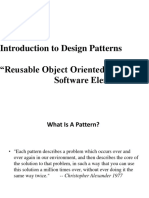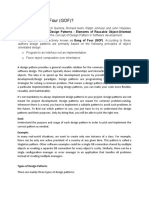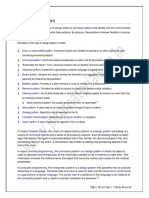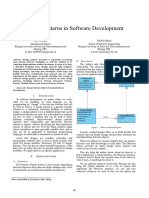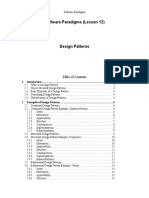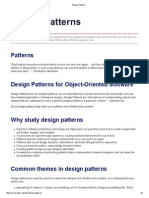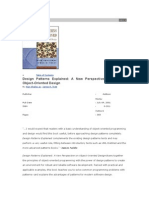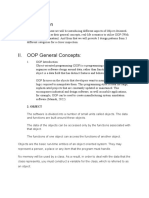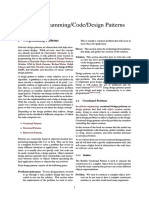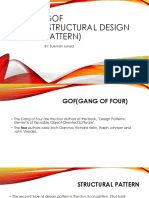0% found this document useful (0 votes)
9 views26 pagesLecture - 9 Design Patterns (Observer Pattern) Part-2
Uploaded by
Dr Saima NazirCopyright
© © All Rights Reserved
We take content rights seriously. If you suspect this is your content, claim it here.
Available Formats
Download as PPTX, PDF, TXT or read online on Scribd
0% found this document useful (0 votes)
9 views26 pagesLecture - 9 Design Patterns (Observer Pattern) Part-2
Uploaded by
Dr Saima NazirCopyright
© © All Rights Reserved
We take content rights seriously. If you suspect this is your content, claim it here.
Available Formats
Download as PPTX, PDF, TXT or read online on Scribd
/ 26





